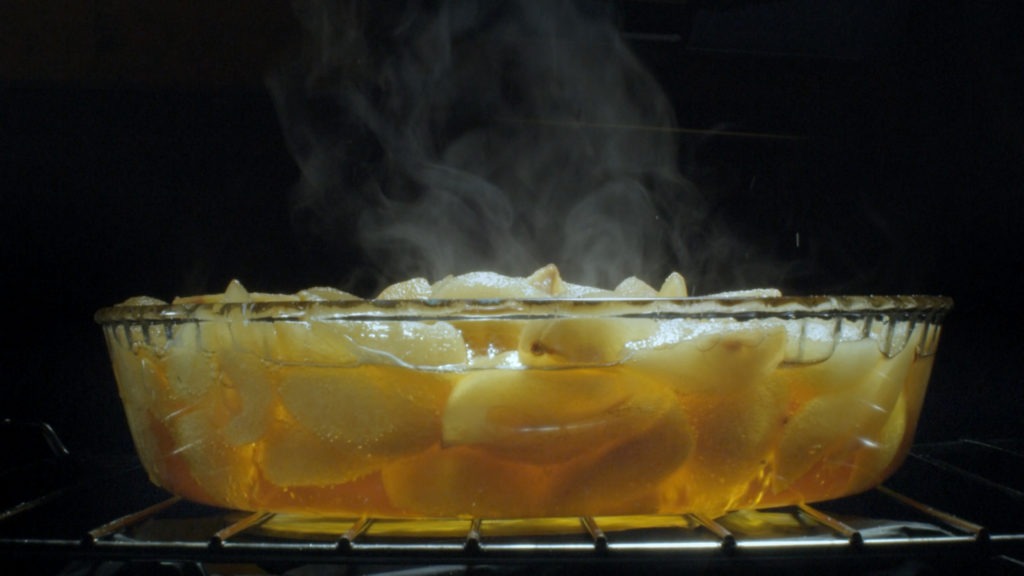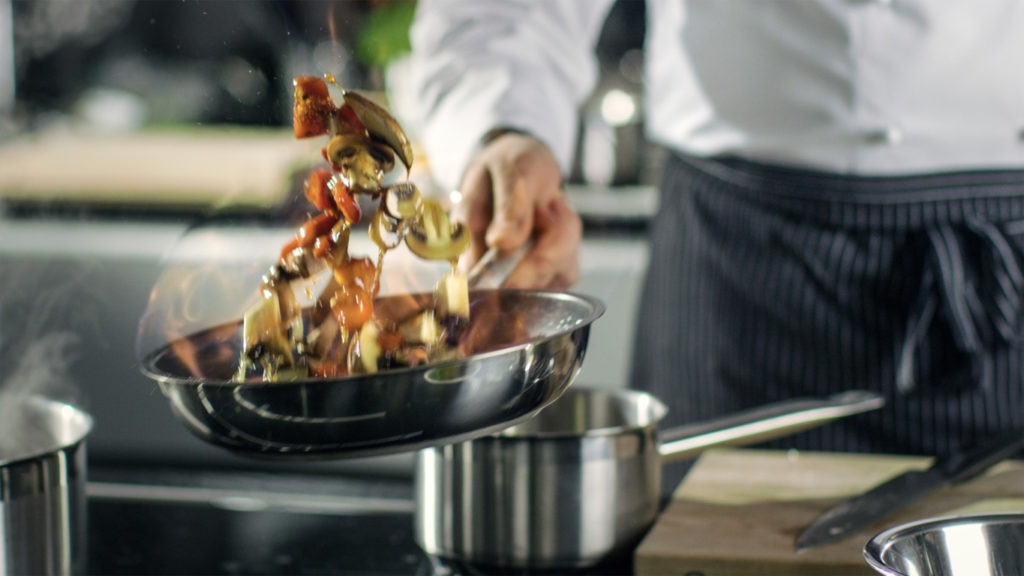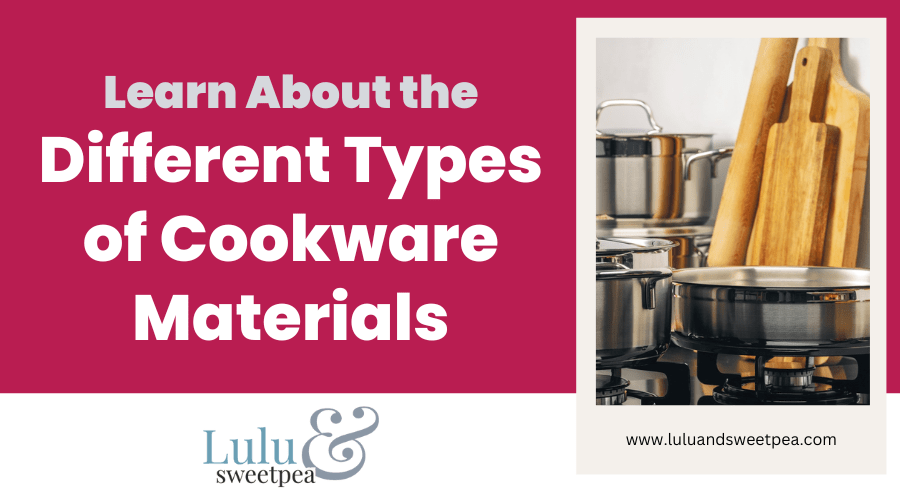Cookware material is one of the most important things to consider when you are shopping for pots and pans. The type of material that your cookware is made from will affect its performance, how it heats up, how long it lasts, and how easy it is to clean. There are several different materials that cookware can be made from, so it’s important to understand the differences before you make a purchase.
Here are some of the most popular types of cookware materials in the market today:
1. Stainless steel
Stainless steel is a popular choice for cookware as it is durable and easy to clean. It is also non-reactive, which means it won’t tarnish or change the flavor of foods cooked in it. Stainless steel is an alloy of iron, chromium, and other metals, and its properties vary depending on the composition of the alloy.
For example, some alloys are more resistant to corrosion than others. When choosing stainless steel cookware, it’s important to consider the intended use. For instance, pots and pans used for boiling water or cooking acid-based foods like tomatoes will need to be made from a more corrosion-resistant alloy.
On the other hand, less expensive alloys may be sufficient for pots and pans used for less demanding tasks, such as simmering or frying. With so many options available, it’s easy to find the right stainless-steel cookware for any kitchen.
2. Cast iron
Cast iron cookware has been around for centuries and is still a popular choice today. One of the reasons for its enduring popularity is its durability. Cast iron pots and pans can last for decades with proper care, and they can be used on any cooking surface, including the stovetop, oven, and campfire.
Also, cast iron is easy to clean and maintain. It is also an excellent conductor of heat, meaning that food cooked in cast iron will be evenly cooked. For all these reasons, cast iron remains a popular choice for cookware.
3. Copper
Copper is a conductor of heat and provides even heat distribution. It has a natural non-stick surface that makes it ideal for use with delicate foods. This means that it can help to evenly cook food, without hot spots that can lead to burning.
At the same time, copper provides even heat distribution, so your food will be cooked evenly from all sides. Whether you’re sauteing veggies or simmering soup, copper cookware can help you to create perfect dishes every time.
However, copper is a soft metal that can easily dent or scratch, and it is also one of the most expensive materials used for cookware.

4. Aluminum Aluminum is a popular choice for cookware because it is an inexpensive metal that conducts heat well. Aluminum pots and pans are lightweight and have a smooth surface that is easy to clean.
In addition, aluminum heats up quickly and evenly, making it ideal for cooking food that needs to be cooked evenly, such as pancakes or omelets. One downside of aluminum cookware is that it can leave a metallic taste in food if it is not seasoned properly. However, this can be easily remedied by seasoning the cookware before use. Overall, aluminum is an excellent choice for cookware because it is affordable and efficient.
5. Glass
Glass is non-porous, which means that it doesn’t absorb flavors or odors from food. This is especially important when cooking with strong spices or fish, as it prevents the food from taking on a “off” flavor.
Glass is also easy to clean, as any lingering odors can be quickly washed away. In addition, glass cookware is often oven-safe, making it a versatile option for both stovetop and oven cooking. For these reasons, glass is a popular choice for many home cooks.
6. Ceramic
Ceramic cookware is a popular choice for many reasons. It is non-reactive, so it won’t leach flavors or chemicals into food. It also conducts heat evenly and slowly, making it ideal for gently simmering sauces or slow-cooking stews. In addition, ceramic cookware is often very beautiful, adding a touch of elegance to the kitchen.
However, it does have some disadvantages. Ceramic cookware can be quite fragile, and it is not suitable for use on the stovetop. It is also more difficult to clean than other types of cookware. But for those who are willing to take extra care with their ceramic pots and pans, they will be rewarded with beautiful and delicious meals.
Tips when choosing cookware material
Cookware materials vary in brand, quality, and price, but they all do the same thing: cook food. However, there are important things to keep in mind when shopping for cookware, such as:
1. Consider the type of cooking you do most often.
If you do a lot of high-heat cooking, then you’ll want to choose a material that can withstand those temperatures without warping or discoloring. For instance, stainless steel is a great choice for high-heat cooking.
2. Think about how easy the cookware is to clean.
Some materials, like non-stick surfaces, are very easy to clean. Others, like cast iron, require a bit more work. If you’re not willing to put in the effort to clean your cookware properly, then you might want to choose something that’s easier to care for.

3. Consider how long you want the cookware to last.
Some materials, like stainless steel, are very durable and will last for many years with proper care. Other materials, like non-stick surfaces, have a shorter lifespan and will need to be replaced more frequently.
4. Make sure the cookware is compatible with your stovetop.
When choosing cookware, it is important to consider the type of stovetop you have. Some materials, such as cast iron or aluminum, conduct heat well and are compatible with all types of stoves. Other materials, such as glass or ceramic, are not as good at conducting heat and may not be compatible with certain stovetops.
For example, glass cookware should not be used on an induction stovetop. If you are unsure about which type of cookware to use on your stovetop, consult the stove’s owner’s manual or the manufacturer’s website.
By taking the time to choose the right cookware for your stovetop, you can help ensure that your food is cooked evenly and safely.
5. Decide what size and shape of cookware you need.
Think about the types of dishes you typically make and choose cookware that will be the right size and shape for those dishes. For example, if you make a lot of one-pot meals, then you’ll want a pot that’s large enough to accommodate all of the ingredients.
Conclusion
So, what is the best cookware material for you? It depends on your cooking habits. If you’re mostly a stovetop cooker, then aluminum or stainless-steel pots and pans are a good choice. If you do most of your cooking in the oven, then cast iron or enameled cast iron might be a better option.
No matter what type of cookware you choose, make sure to read the manufacturer’s instructions carefully and follow them exactly. With the right materials and careful usage, your cookware can last for years—or even decades!
